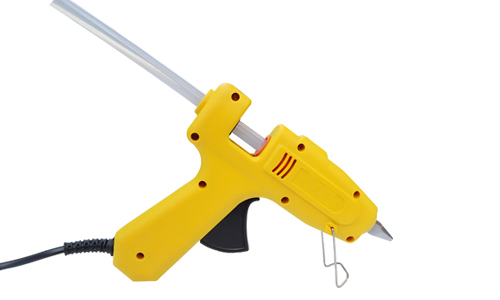In automobile manufacturing, hot melt adhesives serve various purposes, including applications in trunk assembly, roof linings, seat assembly, filter manufacturing, emblems, and trim bonding. Modern car trunks, especially those with large storage space, utilize dispersion-based adhesive systems, with a growing trend towards polyurethane reactive (PUR) systems. To ensure safety and environmental friendliness, these adhesives must have low emission properties. Their use in bonding textile materials, foam elements, and lightweight components allows for structurally simple solutions, although they must meet requirements for temperature changes in the trunk area. Living anionic polymerization is a versatile technology allowing the synthesis of diverse block copolymers with tailored properties. This technology finds advantageous applications across various sectors. Focusing on styrene butadiene copolymers and their use in adhesives, adjusting parameters like styrene content and molecular weight distribution enables customization of adhesive performance, temperature resistance, and melt viscosity. The selection and combination of block copolymer properties, along with appropriate additives, enable the creation of adhesive formulations with desired properties and performance. This section describes the use of a new styrenic block copolymer, Calprene 5375X, in hot melt adhesives for trunk assembly applications. These adhesives demonstrate high-temperature resistance, excellent cohesive properties, and good adhesion to materials like carpet. The section details the materials used, including Calprene 5375X and various additives, for formulating hot melt adhesives. It describes the preparation process and characterization techniques, such as measuring melt viscosity, lap shear strength, loop tack, and cohesion, as well as thermal properties like shear adhesion failure temperature and softening point. The study evaluates the performance of Calprene 5375X in four different hot melt adhesive formulations, varying tackifier resins and concentrations. It discusses viscosity, adhesion strength, compatibility with substrates, thermal properties, and dynamic mechanical analysis. The results highlight the adaptability and effectiveness of Calprene 5375X in formulating hot melt adhesives for trunk assembly applications. This article is an edited and abridged version of source material provided by Alicia De San Luis González, Jessica Nolasco Santiago and Jesús Ibarra Rodriguez, Dynasol Group
